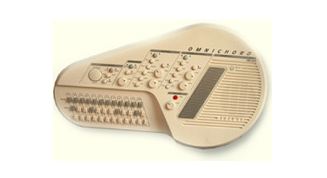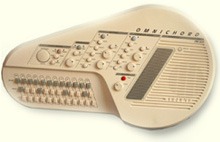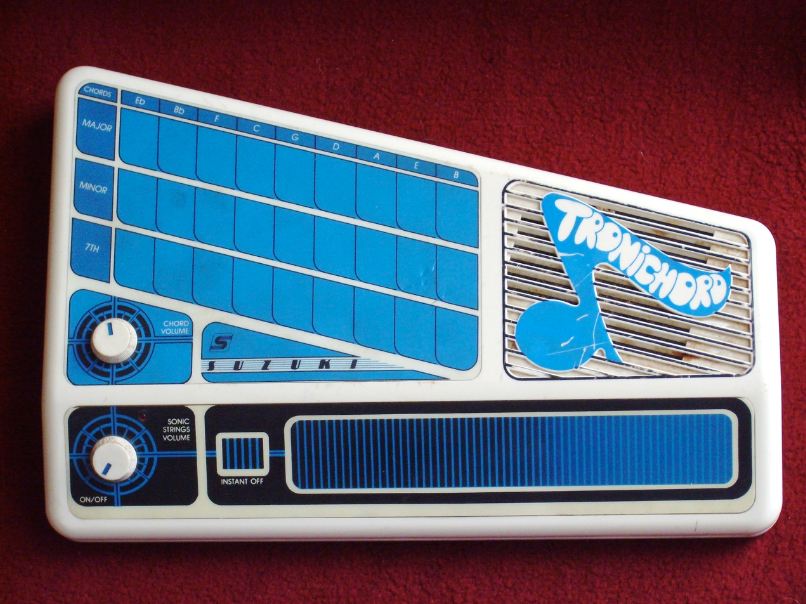People’s creativity in terms of music is limitless. That goes the same way the invention musical instruments as new, quirky and unusual ones were produced in recent history, deviating from the traditional and acoustic kinds. One of which is the Omnichord, the brainchild of witty inventors from Suzuki, the company that brought this eccentric and futuristic instrument to the world of music in 1980.
History of the Omnichord
Suzuki Musical Instrument Corporation was founded by Manji Suzuki in 1953. Originally, the company focused on producing Harmonicas. Three years, they developed the Melodion, a free-reed aerophone, seemingly combining the piano and the harmonica, which is then accepted and used by Japan’s Ministry of Education in their schools. Soon, the company grew and further widened its range by producing other electronic instruments, band instruments, and the piano.
It was in the early part of the 1980s when the Japanese company ventured in offering strange-looking yet futuristic instruments, the Portachord PC-27, better known as the Tronichord, and the Omnichord OM-27. The two musical instruments nearly boast the same technicalities and functionalities, but the latter tend to have more features, putting it into oblivion. The production of the Tronichord was ceased and didn’t meet full production. Only the Omnichord has become popular and is still relevant to many musicians across the globe until today.
What is an Omnichord?
The Omnichord was initially developed as a substitute for the autoharp. It features a touch plate and buttons for the chords. Its model number was actually derived from the 27 playable minor, major, and 7th chords. Seemingly like a guitar, the Omnichord can be played by swiping or strumming the touch plate using the fingers or a guitar pick, erstwhile pressing the buttons to get the desired chords.
Such a feature has been helpful for many players, especially those who have no previous knowledge or have difficulties grasping the chords shapes. With a single press of a button, the player can trigger the preferred chord and just swipe away as the strumplate automatically adjusts. As such, the Omnichord has become famous as it was relatively easy to learn and decreases the likelihood of getting bad notes. Though some musicians never acknowledged the Omnichord, it has become beneficial to those with more open minds that were able to realize the instrument’s unique potential.
Some of the famous musicians that have used the Omnichord are Vanessa Carlton, John Mayer, David Bowie, Dixie Chick’s Natalie Maines, and the Gorillaz’ Damon Albarn.
Omnichords Models
After the initial OM-27, Suzuki released a more advanced version of the Omnichord. The OM36 featured 36 chords, while the OM84 presented an incredible collection of 84 chord variations. Moreover, the models had better strumplate and touchplate designs to increase the instrument’s functionality.
With the advancement of technology, OM100 soon came in with a more user-friendly design and catapulted the Omichord in popularity. Later on, more features such as MIDI compatibility, sustain vibrato effects, memory chords, and voice selections were introduced in the later models, OM200M, OM250M, and the OM300.
While it may not be as popular as other extremely renowned musical instruments like the guitar, the Omnichord has cemented its play and earned its own reputation across the world.


